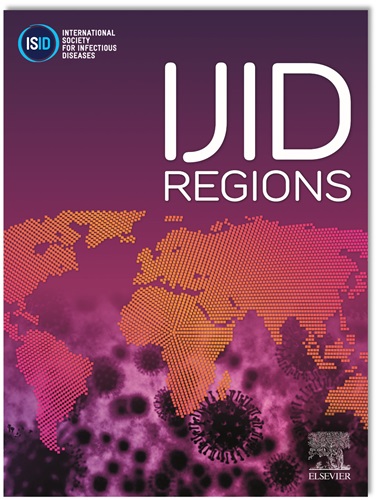Societal values for health inequality aversion via vaccine and non-vaccine interventions in Canada – a benefit trade-off analysis
IF 4.8
2区 医学
Q1 INFECTIOUS DISEASES
引用次数: 0
Abstract
Introduction
Canada is committed to reducing avoidable health inequalities associated with infectious diseases. However, conventional economic evaluation, a critical component of health technology assessments informing health resource allocation, fails to account for health equity issues. Conducting equity-informative economic evaluation requires understanding the extent to which Canadians are averse to health inequalities. Therefore, the objective of our study was to elicit Canadians’ aversion to reduce health inequalities, and whether these preferences varied when evaluating interventions specific to infectious diseases.
Methods
We conducted three online surveys among representative samples of adult Canadians to elicit value judgements about reducing health inequality between populations with the highest and lowest income (i.e., household income quintiles) vs. improving overall health irrespective of its distribution (i.e., life expectancy). The first survey was specific to infectious diseases, and respondents were asked to choose between a universal and a tailored vaccination program. Tailored vaccination (e.g., special outreach for underserved populations) had a more equitable distribution of additional life years, while universal vaccination was more efficient. The second survey compared universal vs. tailored prevention programs. Finally, the third survey presented generic health programs (program A vs. program B). We used benefit trade-off analysis to estimate health inequality aversion.
Results
We recruited 3,000 adult Canadians (1,000 for each survey). Preferences for the vaccine, prevention, and generic programs were distributed as follows: minimizing inequalities (i.e., egalitarians): 54%, 55%, and 57%, respectively; maximizing the health of the population with the highest income (i.e., pro-rich): 31%, 22%, and 16% respectively; willingness to trade some health to reduce inequalities (i.e., weighted prioritarians): 13%, 19%, and 22% respectively; and maximizing total health, regardless of how life years were distributed (i.e., health maximizers): 2%, 3%, and 2%, respectively. The median respondent preferred minimizing health inequalities, across the three surveys. A stronger aversion for health inequality was observed among females, younger respondents (18-40 years old), and populations with lower income (<$50,000 household income per year).
Discussion
Preferences for reducing health inequality were impacted by the type of interventions being compared. When evaluating vaccine-specific programs, most respondents were located at the extremes of the distribution (i.e., pro-rich or egalitarians), while utilizing generic terminology (i.e., generic programs) reduced the proportion of inequality-seeking preferences. However, over half of the respondents were consistently willing to minimize health inequalities regardless of the cost to efficiency, suggesting a strong aversion to health inequality among Canadians.
Conclusion
Canadians have a considerable level of health inequality aversion when evaluating vaccine and non-vaccine interventions. These results allow conducting equity-informed economic evaluation to inform resource allocation and priority setting in Canada.
求助全文
约1分钟内获得全文
求助全文
来源期刊
CiteScore
18.90
自引率
2.40%
发文量
1020
审稿时长
30 days
期刊介绍:
International Journal of Infectious Diseases (IJID)
Publisher: International Society for Infectious Diseases
Publication Frequency: Monthly
Type: Peer-reviewed, Open Access
Scope:
Publishes original clinical and laboratory-based research.
Reports clinical trials, reviews, and some case reports.
Focuses on epidemiology, clinical diagnosis, treatment, and control of infectious diseases.
Emphasizes diseases common in under-resourced countries.

 求助内容:
求助内容: 应助结果提醒方式:
应助结果提醒方式:


